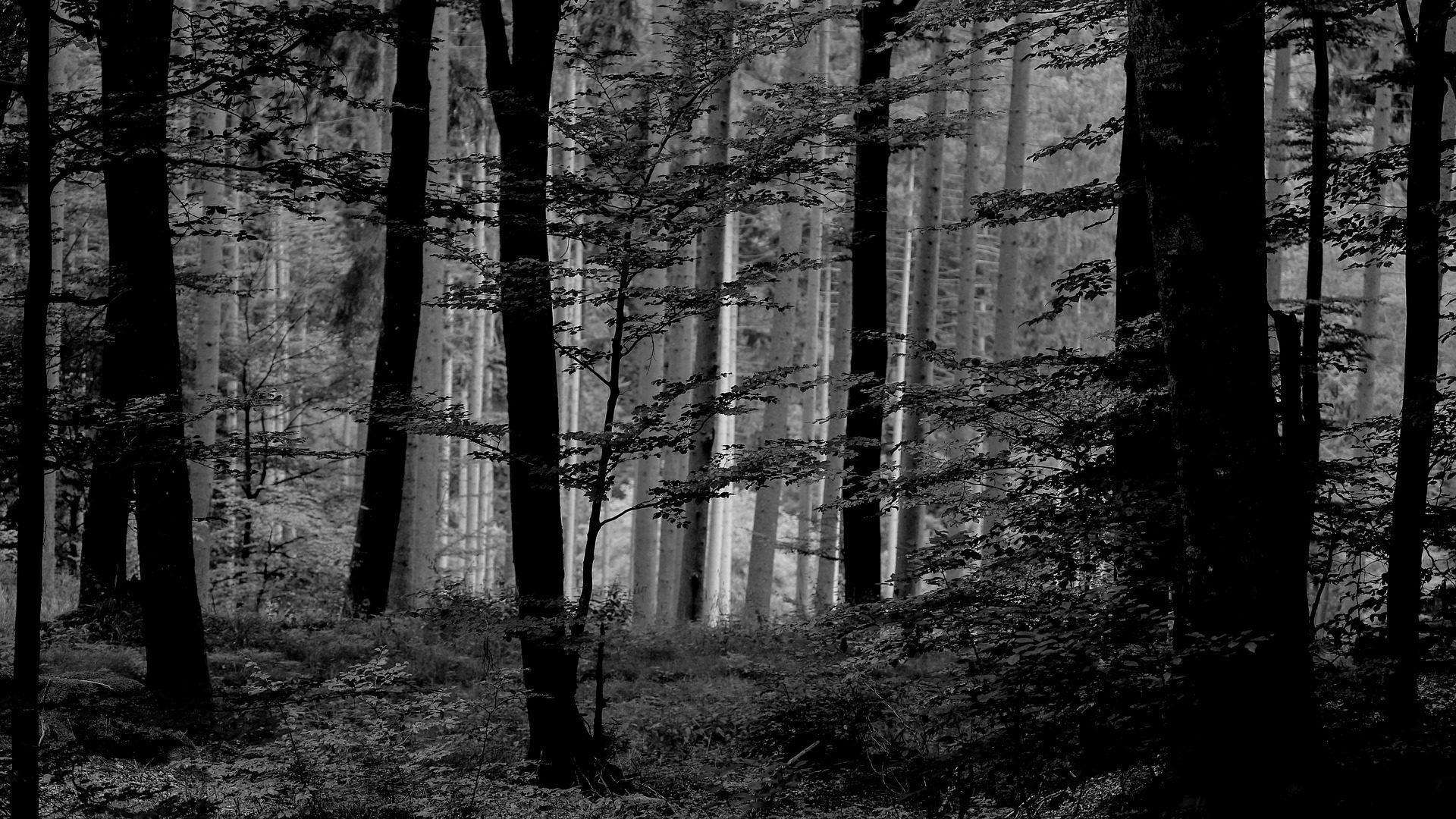Innovation Lab: Challenge 2 – Future Selves
Challenge 2 Future Selves Final
For this final project, each team needed to construct a presentation that adequately conveys the disorder they studied, along with the product designed to assist people living with the disorder. My team (2) had previously swapped with team 6, and our new area of study was on visual impairment, in which we chose to focus on blindness. From the 3 prototypes we received from team 6, we found the Hanger most intriguing, as its original state was a normal hanger that had different slots near the hook to implement braille tags.
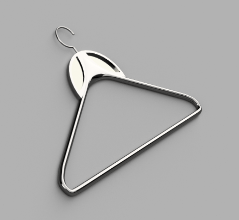
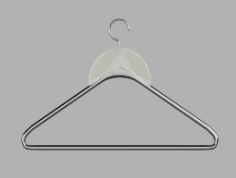
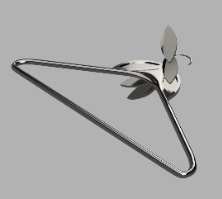
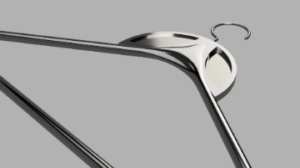
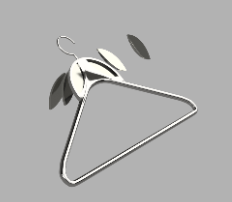
SensiHanger (3D Model)
For the redesigning process, we looked at various ways to improve this hanger for further efficiency and aesthetics. We decided to change how the braille tags were set up, while also maintaining the same mechanism where the tags are interchangeable. These braille tags will hold descriptions of the clothing item, its style, color, size, etc. In Fusion, my team member created a more organic and fluid shape for the hanger, changing the sharp edges rounder and having the hook thinner. The original design for this hanger was that the braille tags would only be accessible on the side face (the side view when a hanger is hanging in the closet), placed at where the hook meets the hanger base. However, we decided to change the design since it was a little bulky, and would take up more space in the closet. We also changed the tags into magnetic ones that simply attach themselves to the front facing side of the hanger, making it much more efficient.
Regarding how the work was split up between my team, I decided to work on constructing a story for the user of our product, while another team member worked on the Fusion 3D model, and the other team member worked compiling the slides for our presentation. We all also made some tweaks to the slide presentation after everything was done. The images that include Jane Doe in the presentation are all AI Generated.
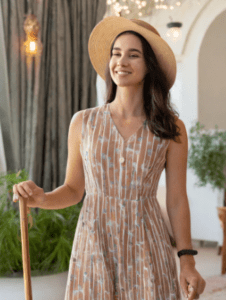
Jane Doe (AI Generated)
For the story, I wanted to convey the persona of Jane Doe, a 25 year old woman who gradually lost her vision due to an illness in her earlier years. After her visual impairment inevitably resulted in blindness, Jane had to adapt to this new norm in her life. Because she has been blind for quite some years, Jane has already adapted to her visual disability and is able to navigate through everyday life on her own. However, she seeks to open a new chapter of her life and move out of her parent’s home; she wants complete independence. However after she moves, there is only one major issue: everything in her new home is labeled with braille tags, except for her clothes. Although blind, Jane still understands fashion and remembers colors and styles from before she became blind; she yearns to stay stylish to help boost her confidence, but she doesn’t want to keep relying on her parents or friends for help. To solve this problem, our team introduces SensiHanger, a hanger designed for visually impaired individuals who need assistance in labeling their clothes! SensiHanger has 3 slots to insert braille tags, each slot has a place for size, type of clothing, and color/design. After introducing this accessible item to Jane, she found it to be the perfect tool for organizing her clothes in the closet. With her sense of touch still intact, Jane is able to feel the shape and fabric of the clothes, so her only issue is knowing the size and color/design. She can make out the size of the clothes too, but it is more efficient for her to read the braille on the hanger rather than taking out the entire hanger and feeling the shape of the clothing item. Her friends and family help her make braille tags for her wardrobe! Eversince Jane has implemented the SensiHanger into her closet organization, it has made her newly independent life much more efficient and fruitful. Despite her visual disability, she effortlessly styles her wardrobe, boosting her confidence and staying fashionable.
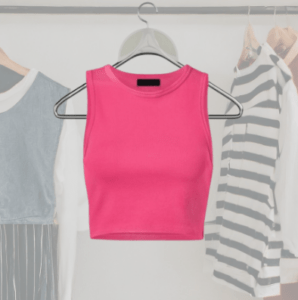
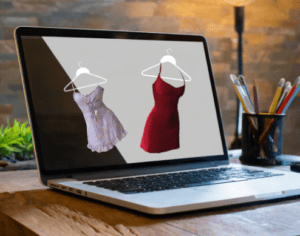
Although the concept of SensiHanger is directly commercialized for people who have a vision disability, it could also be applied to all individuals. The sorting aspect makes the hanger usable for all individuals, as you can change the tags according to the type of clothing you want to hang up. These tags include a range of descriptions and are not only limited to style, color, size. SensiHanger is useful for anyone who wants to organize their wardrobe efficiently!
Moving forward, SensiHanger could be scaled into a much larger laundry brand targeted towards for visually disabled individuals. In the initial story, Jane has her friends and family help her sort out her laundry on the weekends, however, the development of another product could help solve this issue. For laundry days, there could be baskets labeled with braille to help separate the clothing items by color. Perhaps maybe even implementing small little tags that directly attach to the clothes so that after the wash, the user will still know what type of clothing it is.
